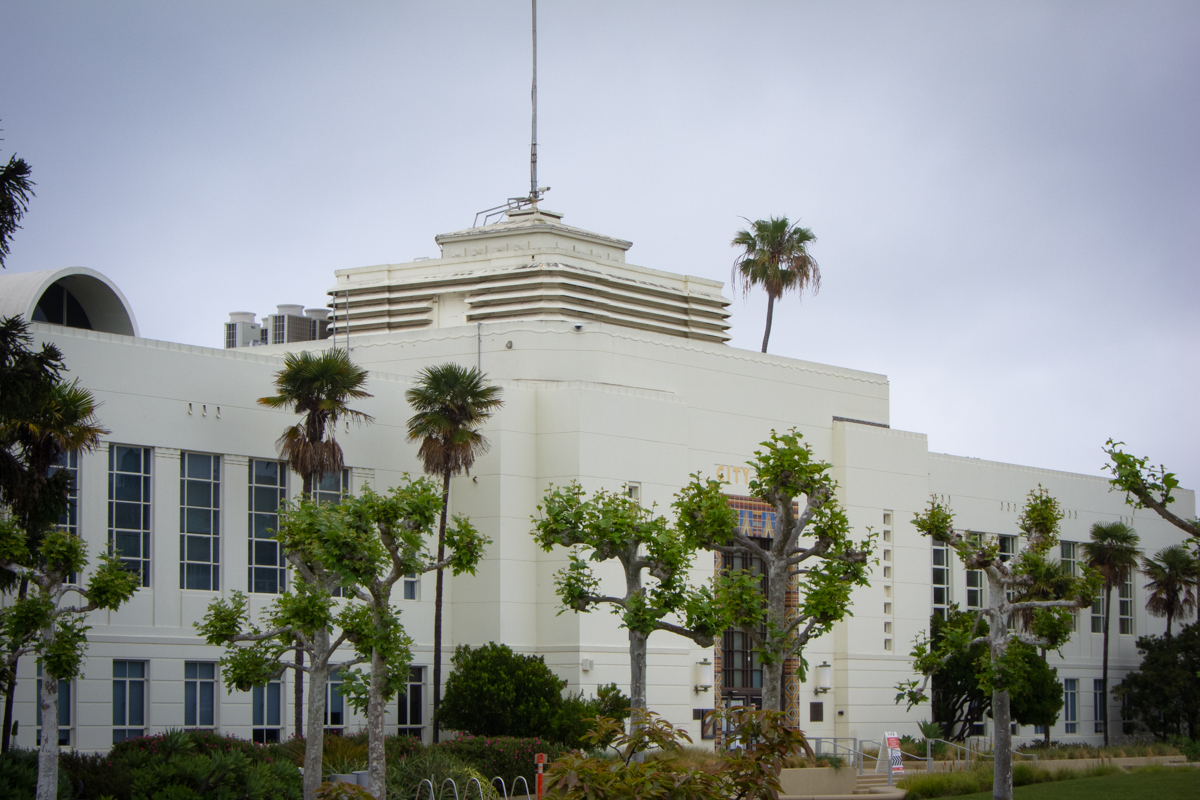
In the summer of 2010 your City adopted its Land Use and Circulation element (LUCE). This legal document, a product of 6 years of public meetings, hearings, debates and revisions, was to govern the next 20 years of the City’s physical development until 2030. Like most plans which try to balance the competing demands of residents, developers, commuters, businesses, workers and visitors, it was a compromise document that could never be perfect for any one party.
In addition the LUCE and its enabling Zoning Code, must accommodate by state law, every eight years, a new Housing Element that must show how Santa Monica can meet its alleged Regional Housing Needs Assessment (RHNA) numbers. This is the number of new housing units that Santa Monica must permit at the behest of the State of California. It’s an imaginary number of units cooked up by Sacramento politicians to satisfy their political donors who are mostly high tech titans, developers, construction unions, and real estate interests. The important distinction here is that unlike the LUCE which is a document hammered out by Santa Monicans who are directly effected by it, the RHNA numbers are determined by interested parties outside the City whose primary goal is profits and wealth extraction even as they claim sustainability, diversity and affordability as camouflage.
But in spite of all its interactive parts, the LUCE concept was actually quite simple: herd most of the large future development intensification along the boulevards and to three specific centers (Downtown, Bergamot, and Memorial Park) thereby maintaining the verdant low rise residential areas that define the primary character of most of the City. The LUCE’s 20 year event horizon planned on adding about 4000 units which was increased to 6000 units when the Downtown Specific Plan was subsequently approved. The citizens and the City Council bought into this straight forward plan because it was credible, understandable, and achievable.
The LUCE”s mid term report card
The LUCE is now halfway through its useful life and we can see how it’s working out. Overall most people would say it is performing about as expected.
Specifically in the housing production domain, in the last 8 years, it facilitated the construction or permitting of about 3200 units which is twice what the RNHA numbers required for those 8 years and which is, appropriately, about halfway to the 6000 units of the current 20 year LUCE horizon. But in spite of the efforts of many, the gentrification of housing continued unabated as expressed by explosive rent increases, soaring vacancies, and ballooning homelessness.
In the circulation domain it accommodated relatively well unexpected events such as the explosion of Uber, micro mobility scooters and electric bikes, but failed to abate gridlock, reduce vehicle mortality, lower the job/housing imbalance or optimize the transit benefit from the EXPO line and buses which were already underperforming before the pandemic essentially crushed them.
In the sustainability domain the LUCE severely stumbled by the failure of its Zoning Code to mandate net zero buildings, to enact a solar access ordinance, to enforce water neutrality (or reduction) and to preserve private trees. This sustainability failure is the ticking time bomb that is most critical to the City’s future.
Finally in the social domain our school population continues to shrink indicating an inability to produce affordable housing for families and while the LUCE never claimed diversity as a mandate, until the census comes out with the final 2020 numbers, we won’t know if Santa Monica became more or less diverse in the last 10 years. Economically our City solidified, in the last decade, its Silicone Beach brand and maintained its tourist cache but that’s now unfortunately threatened by crime and homelessness.
This mixed midterm report card for the LUCE is normal, since getting any City to be both sustainable and affordable for all types of residents is something very few cities achieve in a decade. But we have made a good start in the LUCE’s first decade and had good prospects for needed improvement until Sacramento dropped the next 8 years’ RHNA numbers on us.
…until they get punched in the mouth.
The famous boxer Mike Tyson said “Everyone has a plan until they get punched in the mouth.” Our LUCE plan just got decked by RHNA’s 8876 new units Sacramento is now requiring us to permit by 2030. While this RHNA’s goal has a host of problems, its main problem is that it is the exact opposite of the LUCE: its not credible, its not understandable and its not achievable.
For example, no one believes the population of our City can suddenly grow by about 20% in 8 years which is what 8876 units require, when the State’s, the County’s, LA City’s and Santa Monica’s own population have all flatlined over the last 5 years. In fact our natural 8 year growth is expected to be about 1100 units, or one eighth of what RHNA demands. The people are simply not coming because we cannot create jobs or housing that fast even if it were desirable. No one believes that a City that produced about 600 affordable units in the last 8 years can suddenly produce 10 times that (RHNA requires that 2/3 of the 9000 units be affordable) in the next 8 year cycle.
No one understands how this cancerous growth can happen when our water production local and statewide is plummeting because of drought and global warming. Likewise no one understands the interactive effects of about 50 State laws passed in the last 4 years to inject steroids into housing with a mashup of density bonuses, extra stories, parking reductions, destruction of the R-1 zones, etc.etc. all like urban drugs whose long term interactions are poorly understood and probably contra indicated (eg there is no realistic provision for parking, infrastructure and mobility). No one understands why our City Council did not protest our numbers 2 years ago when RHNA started its dangerous game to demolish local control. But everyone understands the attendant power brownouts we already face along with the decimation of our existing tree canopy, businesses and tenant displacement caused by all this projected construction.
Finally, RHNA is a mirage. It is simply not achievable because market rate developers powered by the profit incentive will always outbid the non profit affordable housing providers who are bidding for the same land, materials and labor. With units costing $600,000 -$750,000 each, a subsidy will always be needed for the affordable units and to get 6,000 we will need about $4 billion, a sum that is simply not available at this time. So the RHNA plan which is not credible, not understandable and not achievable it’s really just another BIG lie. We know its a lie because it’s an unfunded mandate and we have already tried the RHNA experiment and it failed. In the last eight years under RHNA’s goading we have permitted twice the number of RHNA required market rate units but only 2/3s of the required affordable units. In spite of this total over production, the result was that vacancies and population barely budged while rents and homelessness soared. In other words RHNA is a gentrification machine not an affordability machine. And now RHNA wants us to scale up the failed experiment by a factor of 4?
Do no harm
Given the punch we have taken, we should still stick to our plan by limiting the damage RHNA will do to our City. We should duck, bob and weave to avoid further damage to our City while producing the paper plan RHNA demands knowing full well it will never be nor should it be realized. The current zoning under the LUCE will accommodate the required units without up-zoning the city which will only create more gentrification and less affordable housing. The Council should have a substantive plan of how to leverage limited funds (including vacant City land) to produce the most number of permanently deed restricted affordable units. In short do no harm to the simple, credible, understandable and achievable LUCE our dedicated citizens created ten years ago.
By Mario Fonda-Bonardi for S.M.a.r.t Santa Monica Architects for a Responsible Tomorrow
Thane Roberts, Architect, Robert H. Taylor AIA, Ron Goldman FAIA, Architect, Dan Jansenson, Architect, Building and Fire-Life Safety Commission, Samuel Tolkin Architect, Mario Fonda-Bonardi, AIA, Planning Commissioner, Marc Verville CPA Inactive, Michael Jolly, AIR CRE.
For previous articles see www.santamonicaarch.wordpress.com/writing













